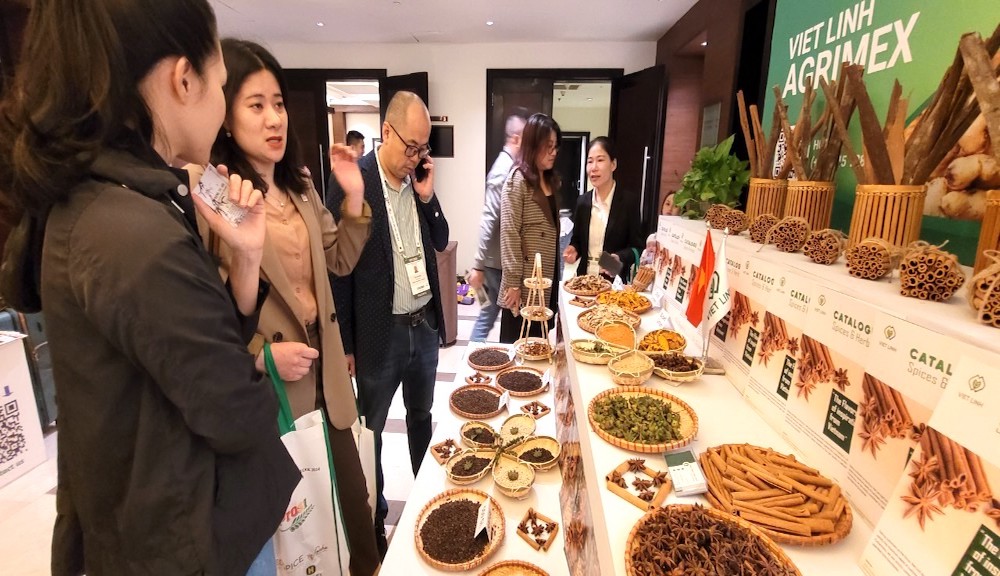Source: nld.com.vn
On March 8, the Vietnam Pepper and Spice Association organized the International Conference of Vietnam Pepper and Spice Industry 2024 – VIPO 2024, in Hanoi.

Vietnamese pepper and spices are currently exported to more than 125 countries
According to Mr. Huynh Tan Dat, Director of the Plant Protection Department, Ministry of Agriculture and Rural Development, pepper and spices have contributed significantly to national GDP, improving farmer livelihoods and positioning Vietnamese brands in the market. world school.
Specifically, Vietnam has ranked first in the world in pepper production and export for more than 20 years. Vietnam’s cinnamon export also ranks first in the world from 2022 and ranks third in the world in anise export. Vietnam’s pepper and spices are currently exported to more than 125 countries, ranking third in global spice exports and dominating many important markets.
Mr. Le Hoang Tai, Deputy Director of the Trade Promotion Department, Ministry of Industry and Trade, assessed that in the world spice basket, pepper accounts for a large proportion, playing an important role in culinary culture. In particular, pepper products are promoted for processing in pharmaceuticals, cosmetics and health care. The pepper market size is valued at 5.43 billion USD, forecast to grow on average more than 20% in the period 2024-2032.
It is forecast that demand for pepper, especially high-end products from the world market, is increasing. Consumers are willing to pay high prices for high quality pepper. Therefore, Mr. Tai recommends: Vietnamese farmers and businesses promote quality improvement and apply deep processing measures.
The Vietnamese pepper industry accounts for 40% of output and 60% of the world market share. However, in the current world context, the pepper and spice industry faces many challenges from market fluctuations, political instability, supply chain disruption, and rising inflation.
The US, EU, Middle East markets… increase demand for products that meet sustainability. “This is a challenge but also an opportunity for pepper and spice exporting countries like Vietnam” – Mr. Tai emphasized.
Meanwhile, Director of the Plant Protection Department Huynh Tan Dat also said that Vietnamese agriculture has not yet developed its full potential. Small and fragmented development has limited the ability to access and apply technology and science and technology to production. At the same time, investment costs are quite large, causing businesses to consider, while the majority of Vietnamese businesses are small and medium enterprises.
“Therefore, how to attract many businesses to boldly invest in high-tech agriculture like many large businesses have done recently is always a big challenge” – Mr. Dat asked. This is also a challenge for the Vietnamese pepper and spice industry. Accordingly, building a healthy and sustainable supply chain is the industry’s task in the coming period.
Ms. Hoang Thi Lien, President of the Vietnam Pepper and Spice Association, also emphasized that sustainability and comprehensiveness are the two pillars of the pepper industry in the coming period. In particular, the role of businesses is very important in training and educating farmers on sustainable production, training farmers so that they do not use pesticides and chemicals in production.
“Sustainability and inclusivity cannot be achieved overnight, but require a long-term commitment, a commitment to creating a sustainable future. Let’s share experiences to achieve sustainability together.” and integrity” – Ms. Lien expected.
